Interview with: Rafał Kopeć
Conducted by: Michael Barnett
This interview was originally published on Terra Relicta Dark Music Webmagazine back in October of 2016. Tomaz has been kind enough to allow me to re-publish this interview on This Is Darkness.
Hoarfrost have been on the dark ambient scene for a few years. Their work has definitely moved some eyebrows in the past. But, this time around Hoarfrost have delivered an album which has been receiving an abundance of praise. Released on Reverse Alignment and accompanied by a brilliantly well done music video, their latest album Anima Mundi appears to be a career defining moment. I caught up with Rafał Kopeć, the main artist behind Hoarfrost to ask him some questions about the album and the history of his project.
Michael: Thank you for taking the time to join us for this interview, Rafal. First I would like for you to give a little background on Hoarfrost for those who may not be familiar with your project.
Rafał: Hoarfrost was born in the end of 2006. The first CD, Ground Zero, was released in 2008 by the big Polish label Zoharum. Next CDs by Hoarfrost: collaboration with Inner Vision Laboratory entitled Decline and album Puppets Of Divine Coroner, also appeared on this label. After a few years of Hoarfrost’s absence on the music market, a brand new album entitled Anima Mundi, was released in August 2016 by Swedish label Reverse Alignment.
Michael: Anima Mundi is heavy on vocals, unlike your previous albums. Would you please tell us a bit about why you decided to take this direction, this time?
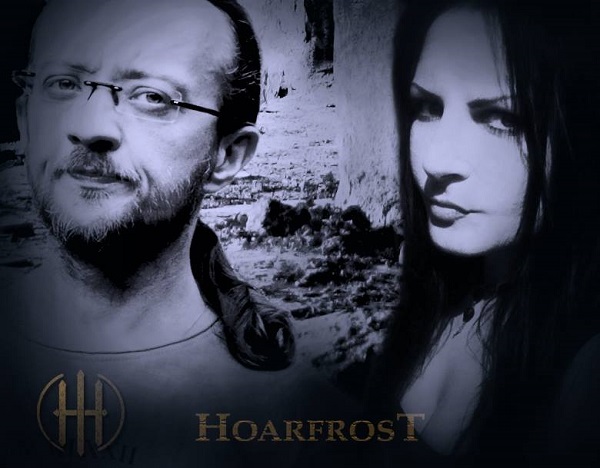 Rafał: Before I have started to compose as Hoarfrost, I have been engaged in music, where lyrics have played an important role. This I missed in Hoarfrost from its beginning, but it was difficult for me to find the appropriate vocalist. I met Hekte Zaren, when I was finishing the stuff for Puppets Of Divine Coroner. The compositions were almost ready and there was not much space for the vocals. This is why Hekte appeared only in a few of the tracks. When we were working on Anima Mundi we felt comfortable, because the music was created intentionally for the vocals.
Rafał: Before I have started to compose as Hoarfrost, I have been engaged in music, where lyrics have played an important role. This I missed in Hoarfrost from its beginning, but it was difficult for me to find the appropriate vocalist. I met Hekte Zaren, when I was finishing the stuff for Puppets Of Divine Coroner. The compositions were almost ready and there was not much space for the vocals. This is why Hekte appeared only in a few of the tracks. When we were working on Anima Mundi we felt comfortable, because the music was created intentionally for the vocals.
Michael: This is your first release through the recently resurrected Reverse Alignment Records. How has your experience been so far with Reverse Alignment?
Rafał: When I finished working on Anima Mundi, I sent the samples of the album to Reverse Alignment. I knew, that it is a good label from Sweden, which is one of the capitals of ambient music. I immediately received a request for more music. I sent one complete composition and in two hours I received the proposition of the contract. When Anima Mundi appeared and its promotion started, it became clear to me, that my cooperation with Reverse Alignment was a good decision.
Michael: You mentioned that this album is dedicated to a late friend of yours, who also contributed much of your previous album art. Would you like to tell us a bit about this person, and how they influenced Anima Mundi?
Rafał: Anima Mundi is dedicated to Amellia, a great Polish photographer, associated with Hoarfrost almost from its beginning. Thanks to her works and visions, the Hoarfrost album covers came into existence, visualizations for live gigs and video clips to the compositions from last album. Amellia died suddenly on the beginning of the production of Anima Mundi, when we had just started planning a visual concept for the cover. This tragedy delayed work on the album. I even consider for a moment, if my music activity as Hoarfrost still made sense. Eventually, I decided to finish Anima Mundi and dedicated it to Amellia.
Michael: There are a slew of guest musicians on Anima Mundi. How did you decide on who you would work with? Will you plan to have guest musicians on future projects?
Rafał: When I am planning, how my album should sound, I know, what instruments or tones I would like to hear on it. By this key I choose musicians. I like working with other musicians and I don’t exclude that I’ll invite some musicians for the next Hoarfrost albums. All depends, in what way I will plan the new material.
Michael: The music video for “Refracted In Illusion” turned out very well. Could you tell us a bit about the concept behind this video, and how it came to happen?
Rafał: The concept for the video was evolved by Paulina Mieczkowska, a Polish model, fashion designer and my friend, in cooperation with Jarek, the cameraman. My role was only editing the material. You should know that realization of this music clip, and problems which appeared during working on it, are an individual history. I could make a good horror about it.
Michael: Can we expect more music videos in the future?
Rafał: All Hoarfrost albums were promoted by one video clip each. There are also available on the internet a few very interesting videos made by fans for Hoarfrost compositions. Of course, if there will be an opportunity do make another video, they will appear, maybe not to tracks from Anima Mundi, but to future material.
Michael: I wonder, which is your favorite track from Anima Mundi, and why?
Rafał: I am looking at the album as a completeness, which has its beginning, developed view and the ending. Each track is an element of a jigsaw puzzle which has to match to another. So I couldn’t point to one favorite track. Anima Mundi is for me one 50-minutes composition.
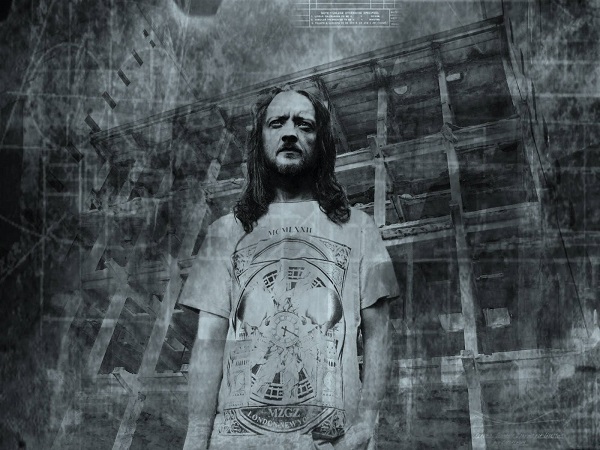 Michael: Who are some of the strongest influences on your music? Which were your favorite bands from your formative years?
Michael: Who are some of the strongest influences on your music? Which were your favorite bands from your formative years?
Rafał: It is a very difficult question, because I have always listened to many different genres of music. My first fascination was with punk rock, next there were metal, sung poetry, new wave, but, anyway, I never was interested in electronic music. At present, I also listen to many genres and many artists. The music, which I listen to, should have “something” which makes me go back to it again and again.
Michael: Do you have any rituals/customs which you incorporate into your recording sessions?
Rafał: Before I sit down to make sounds, first I try to ex-cogitate and prepare everything in my head. It helps me to go into some kind of trance. When I lose my inspiration during the work, I try to give my attention to other music. In this way I have made the album of my other project, Arbeit, which I composed while working on Ground Zero. Currently, in moments like this, I take my guitar and I play for a few minutes, trying to relax. I like to work with headphones in darkness and loneliness, because in this way I can be alone with the sound.
Michael: What is your favorite piece of equipment in your studio?
Rafał: I haven’t a favorite piece of equipment. Each thing I use, attends to the particular intention, so they are all important to me in the same way. The destination is the sound and everything is subordinate to it.
 Michael: Do you ever perform live? What would be the perfect line-up for you?
Michael: Do you ever perform live? What would be the perfect line-up for you?
Rafał: Hoarfrost is rather a studio project, but I had an occasion to perform on a few concerts and festivals. I like very much the Scandinavian scene, so my dream line-up should be created by Desiderii Marginis, raison d’etre, In Slaughter Natives and Peter Andersson with one of his projects. I have just realized, that all the projects, I have listed, are from Sweden, like my publisher Reverse Alignment. Ha ha ha!
Michael: What can we expect next from Hoarfrost?
Rafał: When I release the album, I don’t plan the next material. There should pass some time, so I can give it some distance. Each album is a separate message. It can’t be random. The music is an addiction. Releasing new album gives a satisfaction for some time. Later the requirement of creating comes again.
Michael: Do you think the apocalypse is coming? If so how do you think it will happen?
Rafał: The vision of the apocalypse has accompanied human-being for ages. History of our planet shows that in the past there took place events, which had characteristics of global catastrophes. Modern scientists also leave no doubt about the future of Earth. So if I should give a short answer, it is: yes. The apocalypse will come, but before total destruction, we would have to do with more and more powerful, disruptive phenomena which are human-induced.
Michael: Thank you so much for your time. I’ll leave the last words to you.
Rafał: Thank you very much for the opportunity to express myself in your magazine.
Hoarfrost links: Official website, Facebook, Youtube
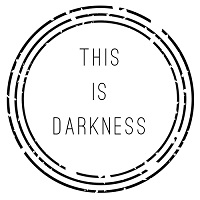
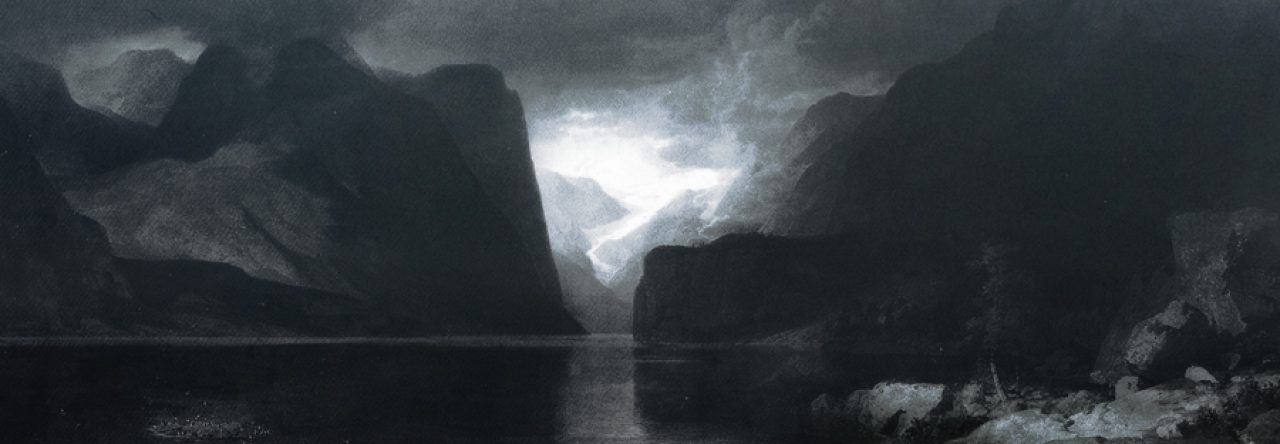
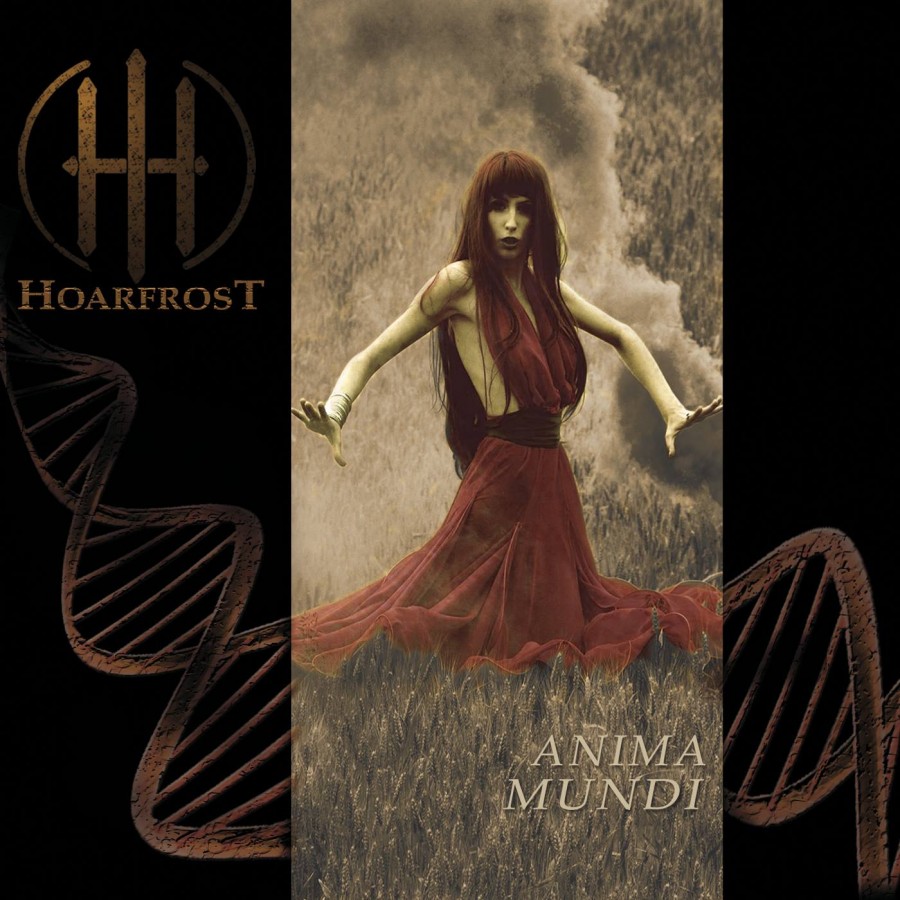
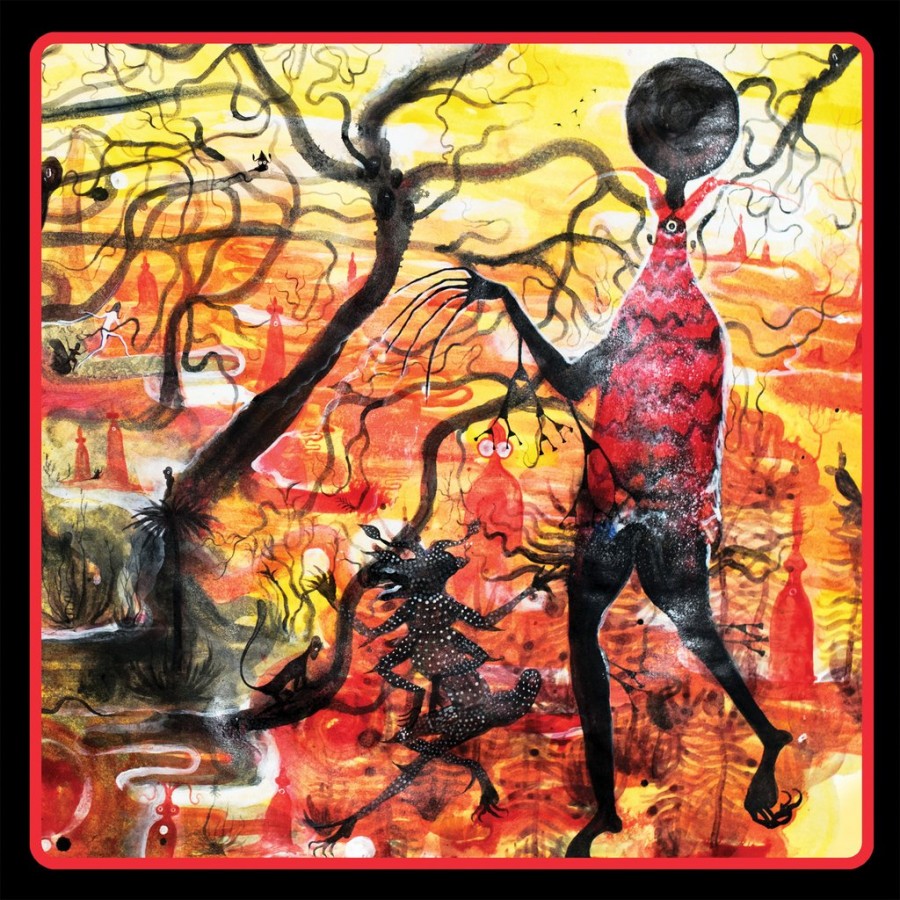
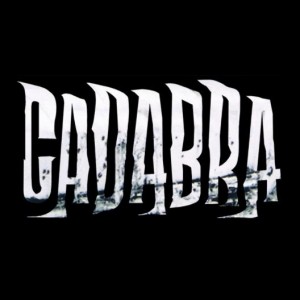 Cadabra Records
Cadabra Records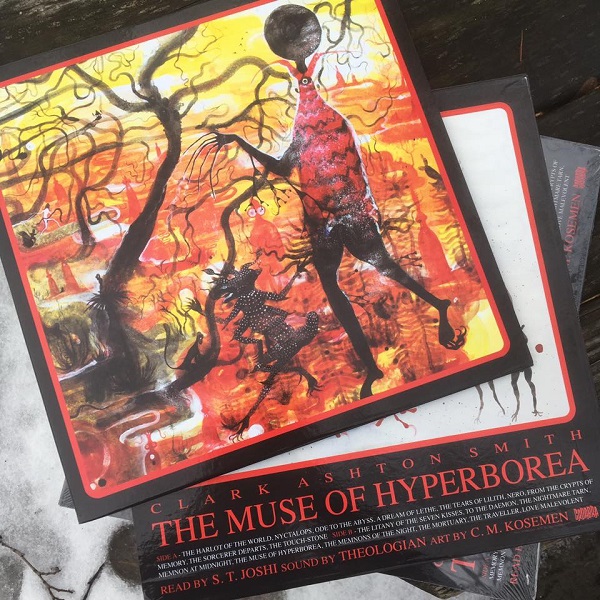
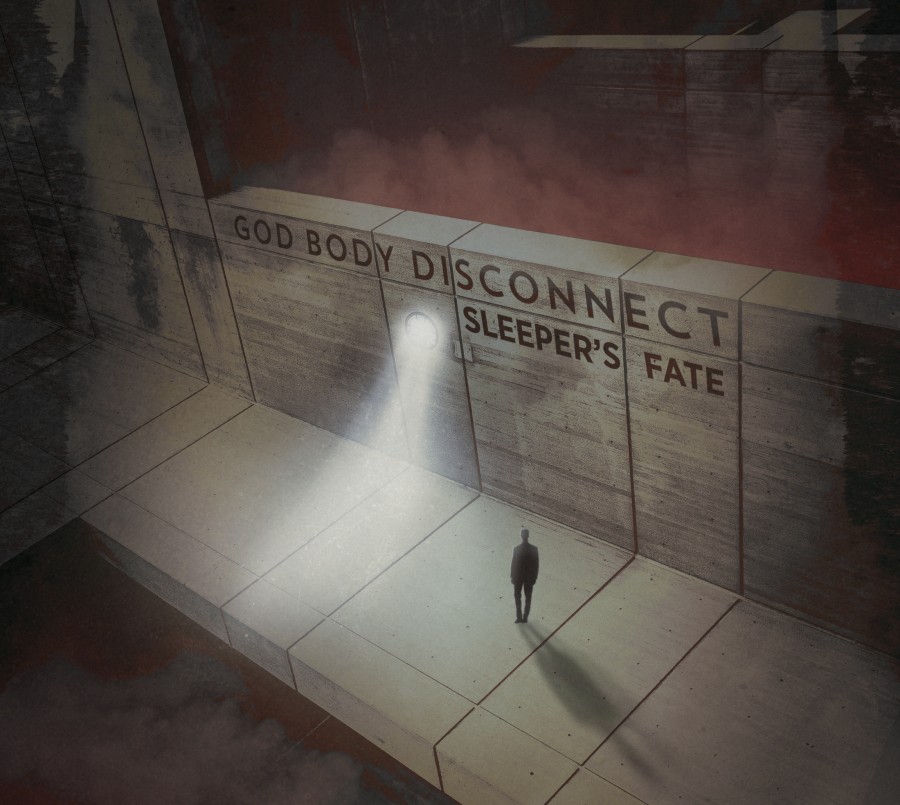
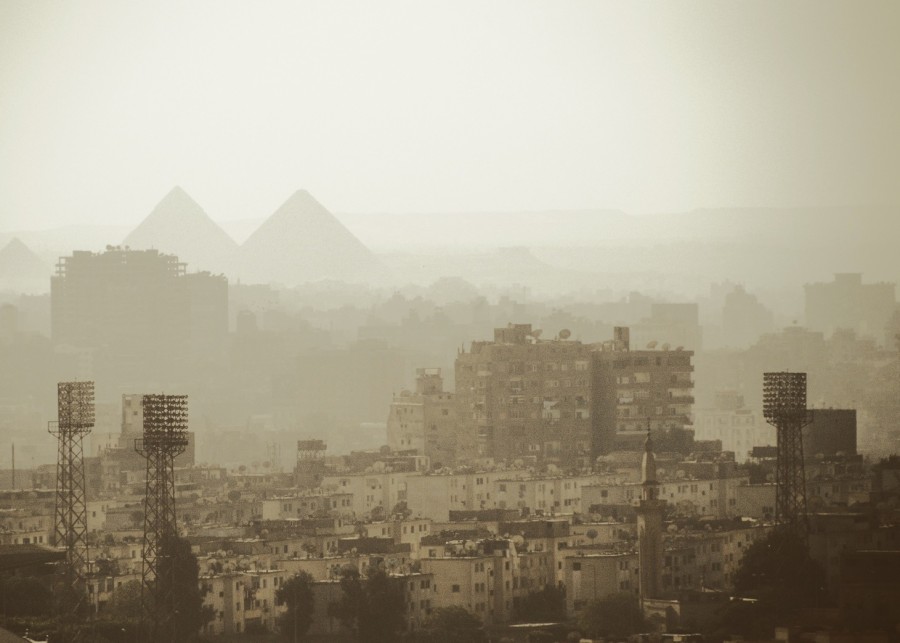
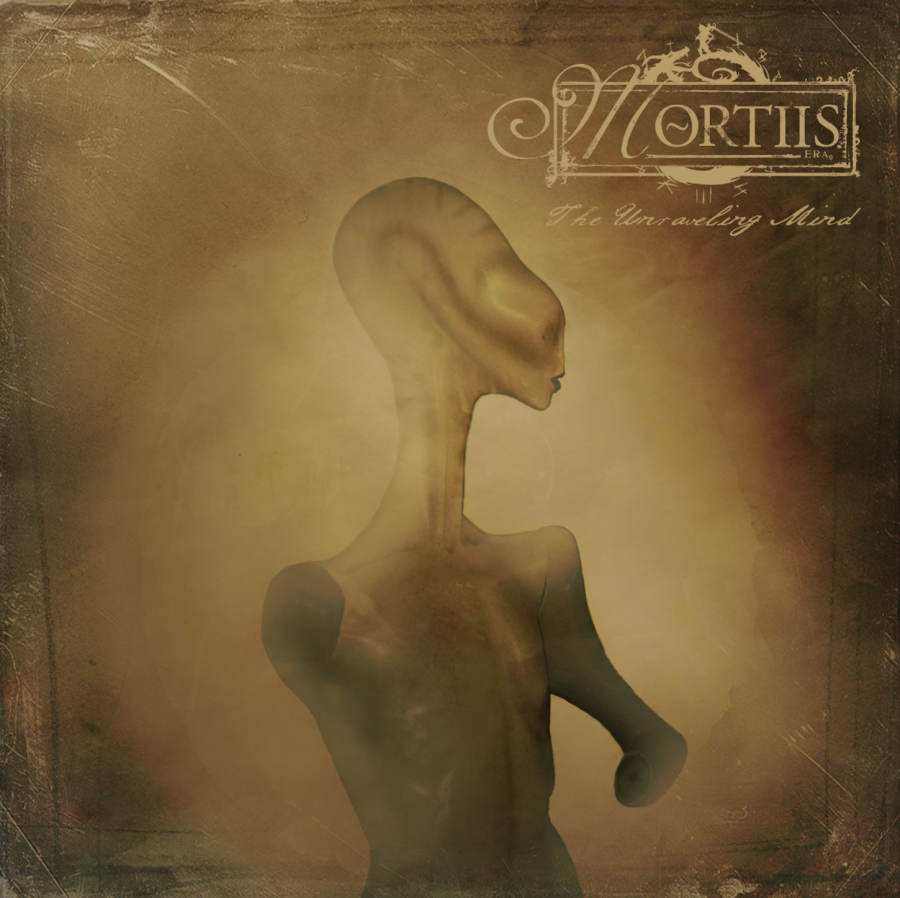
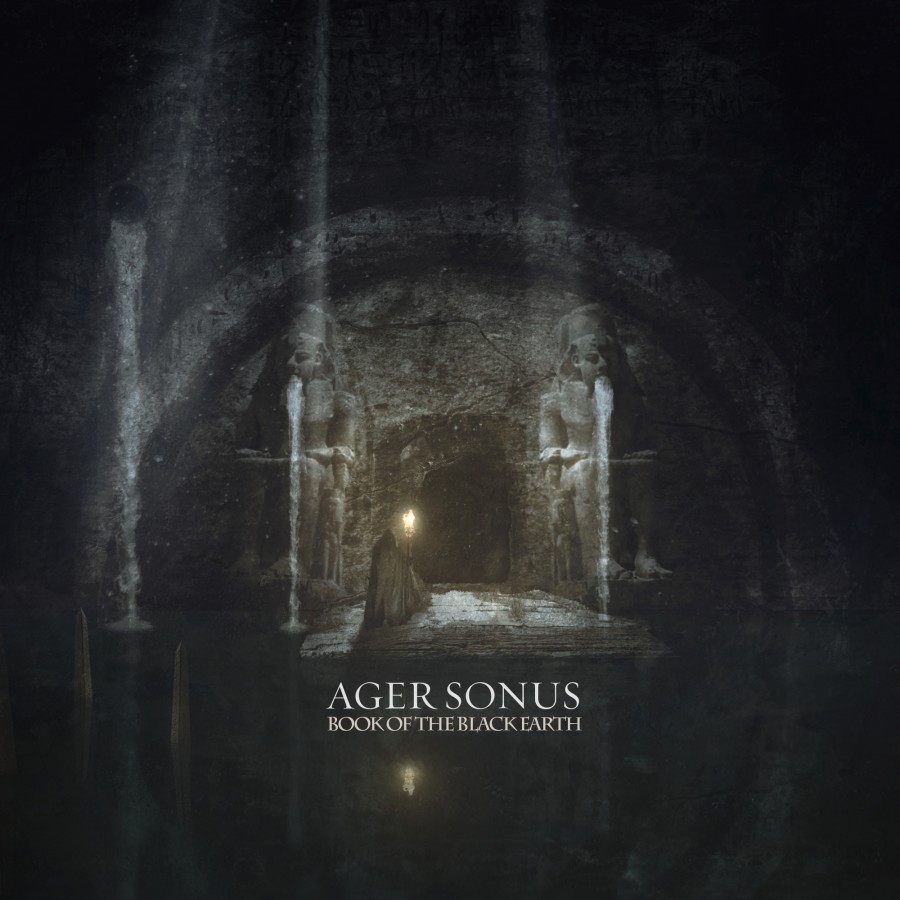
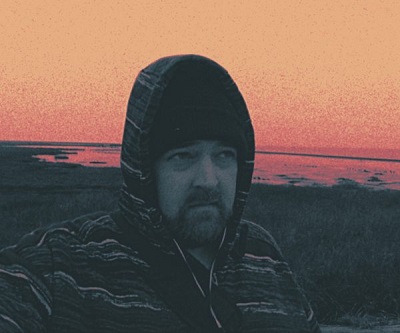 But the release of this album has shown me that there was no need for those doubts. I was very suprised when people started to give me positive feedback, were it as comments under the videos Cryo Chamber uploaded to Youtube or messages/posts on Facebook. It has been a very positive experience so far, this is definitely the most feedback I have ever gotten, also of course due to the the huge amount of fans Cryo Chamber has. I noticed that this genre really is a big family, I have not seen fighting by fans like we see in many other genres, so I definitely appreciate it a lot that the CC fans have such an open mind and gave me a warm welcome. The reviews so far have also been great, even though so far there are only two reviews, more might be coming.
But the release of this album has shown me that there was no need for those doubts. I was very suprised when people started to give me positive feedback, were it as comments under the videos Cryo Chamber uploaded to Youtube or messages/posts on Facebook. It has been a very positive experience so far, this is definitely the most feedback I have ever gotten, also of course due to the the huge amount of fans Cryo Chamber has. I noticed that this genre really is a big family, I have not seen fighting by fans like we see in many other genres, so I definitely appreciate it a lot that the CC fans have such an open mind and gave me a warm welcome. The reviews so far have also been great, even though so far there are only two reviews, more might be coming.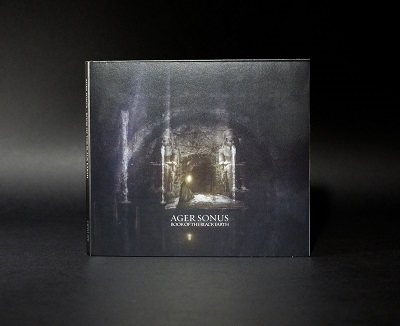 Thomas: I have been following the genre since around 2007/2008, after S.T.A.L.K.E.R. – Shadow of Chernobyl was released, one of my favorite video-games. The music of that game was one of the many reasons why that game was so amazing and it had this amazing atmosphere that was, and still is, one of the best in gaming. I did not know the term “dark ambient” or “ambient” even as a genre, so once I had that and started to look into it a whole world of musical marvel unfolded in front of me.
Thomas: I have been following the genre since around 2007/2008, after S.T.A.L.K.E.R. – Shadow of Chernobyl was released, one of my favorite video-games. The music of that game was one of the many reasons why that game was so amazing and it had this amazing atmosphere that was, and still is, one of the best in gaming. I did not know the term “dark ambient” or “ambient” even as a genre, so once I had that and started to look into it a whole world of musical marvel unfolded in front of me.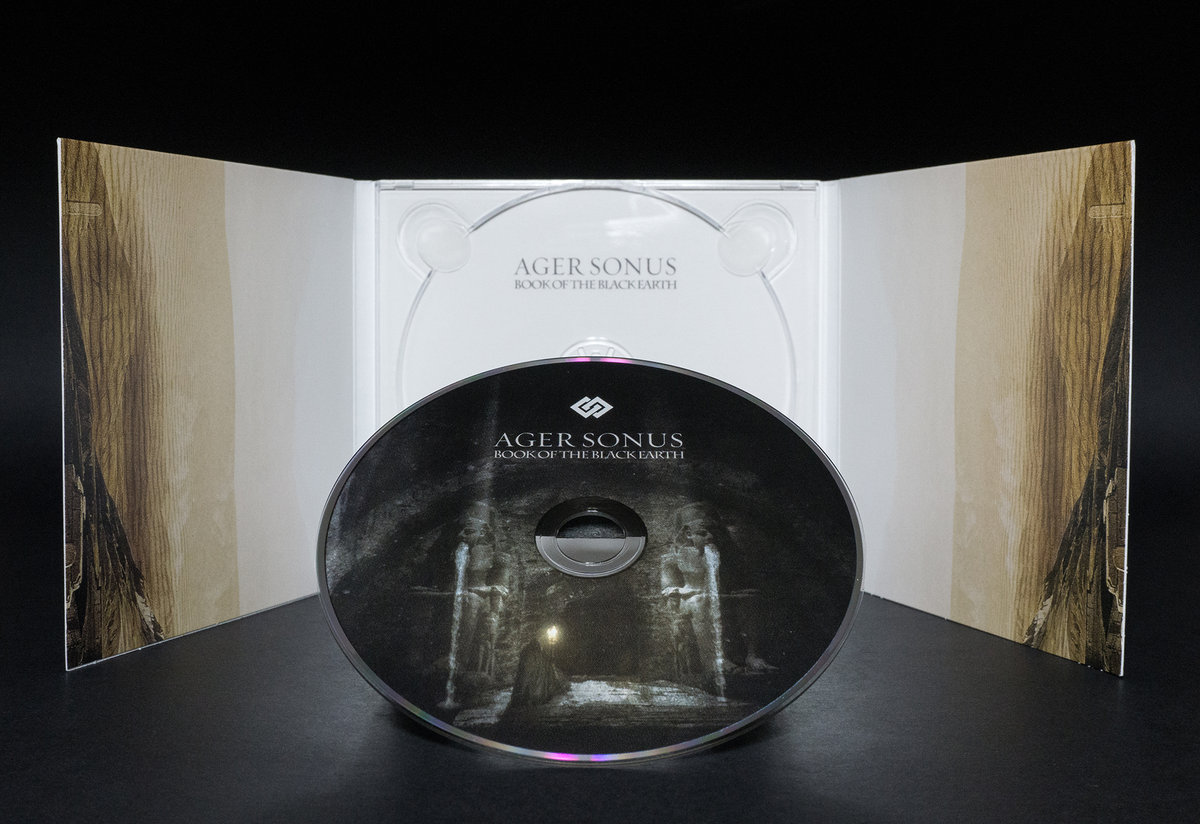

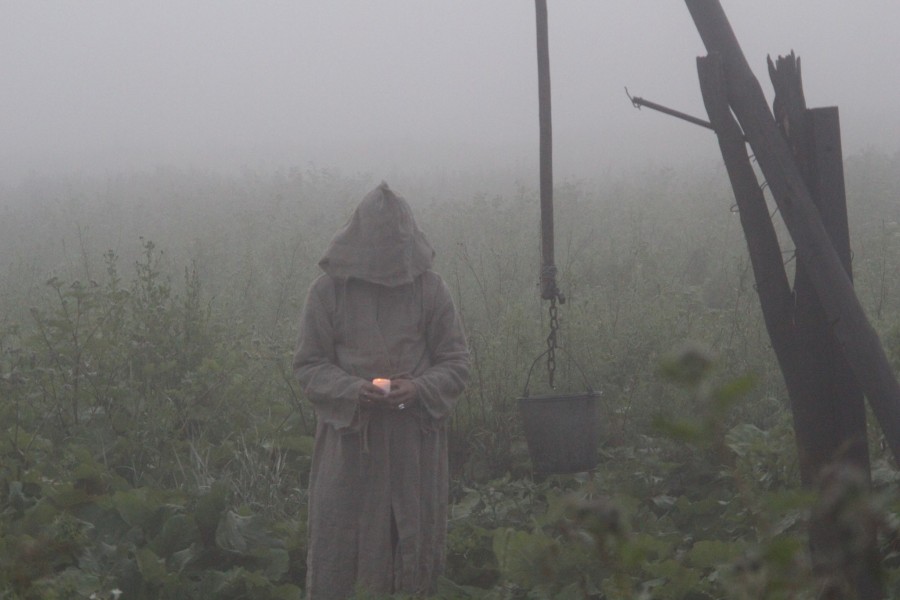

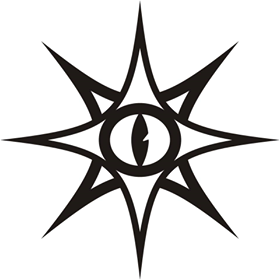 Dmitriy: Hi! Dark ambient and similar music attracted me for a long time. The first thought about creating a music label came to me about 2-3 years ago. I was in correspondence with Halgrath and a few other performers. At that time, Halgrath was not published on Cryo Chamber. But a clear concept at that moment was not developed. Only a year later, the idea came to me again. We thought – what’s missing, in our view, for the presentation of the album and developed further on this style, as a sound and visual component of our releases.
Dmitriy: Hi! Dark ambient and similar music attracted me for a long time. The first thought about creating a music label came to me about 2-3 years ago. I was in correspondence with Halgrath and a few other performers. At that time, Halgrath was not published on Cryo Chamber. But a clear concept at that moment was not developed. Only a year later, the idea came to me again. We thought – what’s missing, in our view, for the presentation of the album and developed further on this style, as a sound and visual component of our releases.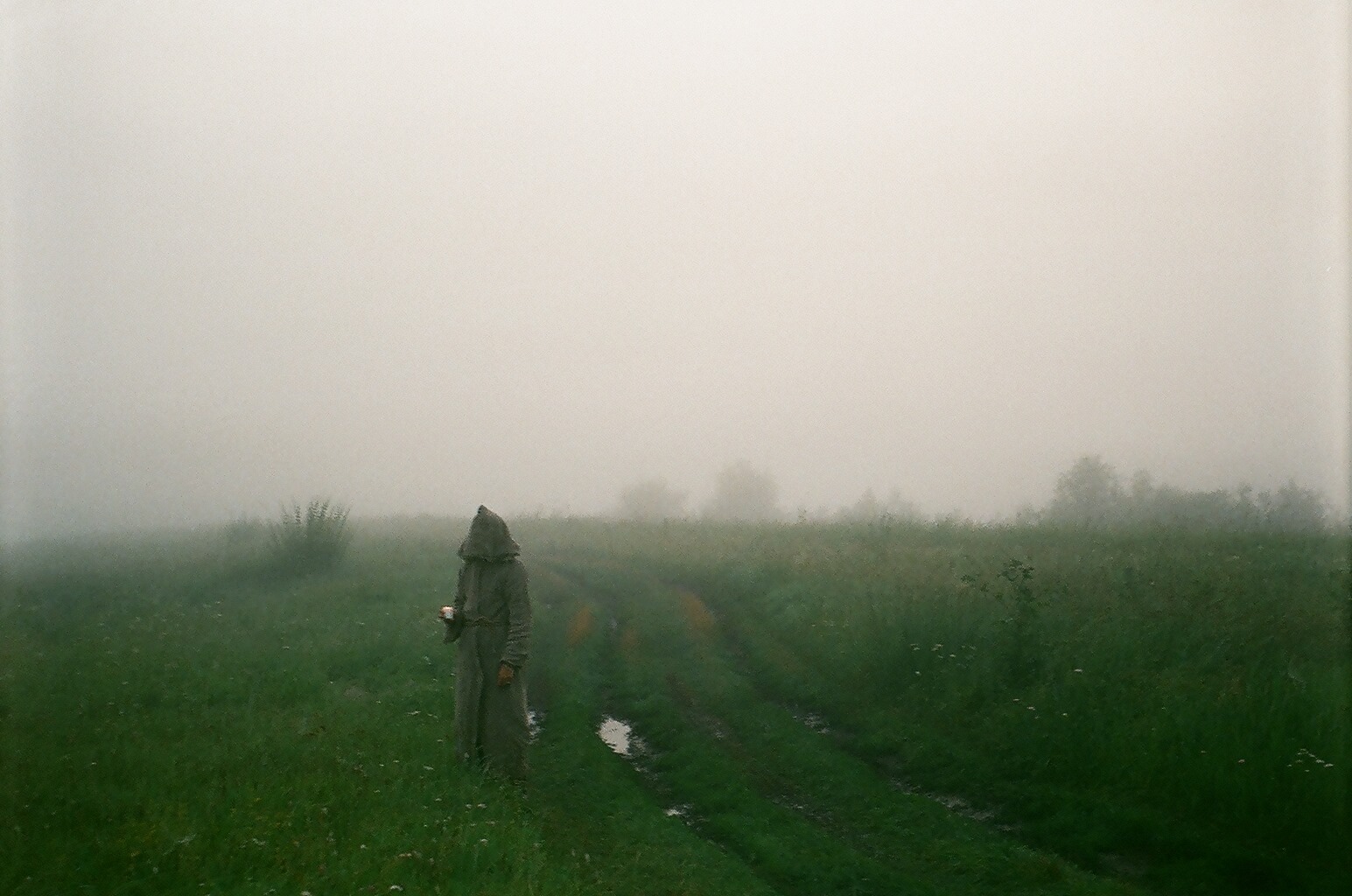
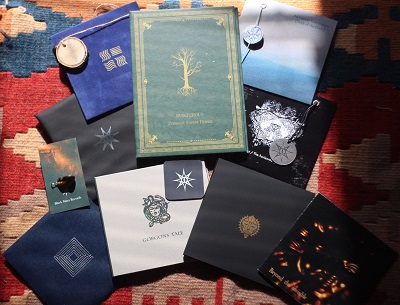 Michael: The Dark Side, by Ugasanie, was the first record to catch my eye on Black Mara, as I’ve been a huge Ugasanie fan for several years now. It seems like his album was a great way to get the word spread around about Black Mara. Are you friends outside of the musical world?
Michael: The Dark Side, by Ugasanie, was the first record to catch my eye on Black Mara, as I’ve been a huge Ugasanie fan for several years now. It seems like his album was a great way to get the word spread around about Black Mara. Are you friends outside of the musical world?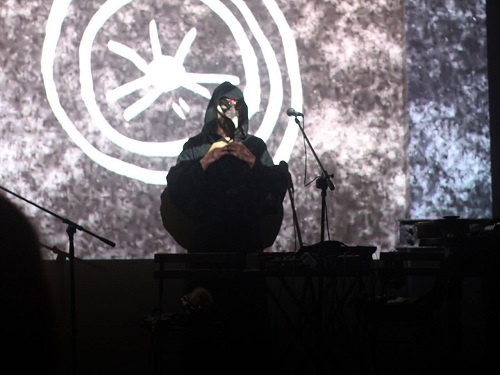 Dmitriy: Ad lucem Tenebratum (Ad Lux Tenebrea) is quite an old and well-known project. They are considered to be one of the pioneers of the genre in Russia. They have published music since 2003. First, material for publication must be conceptually interesting. Secondly, it is very important to the quality of material to release. And third, music should affect the imagination and emotions, like I said earlier.
Dmitriy: Ad lucem Tenebratum (Ad Lux Tenebrea) is quite an old and well-known project. They are considered to be one of the pioneers of the genre in Russia. They have published music since 2003. First, material for publication must be conceptually interesting. Secondly, it is very important to the quality of material to release. And third, music should affect the imagination and emotions, like I said earlier.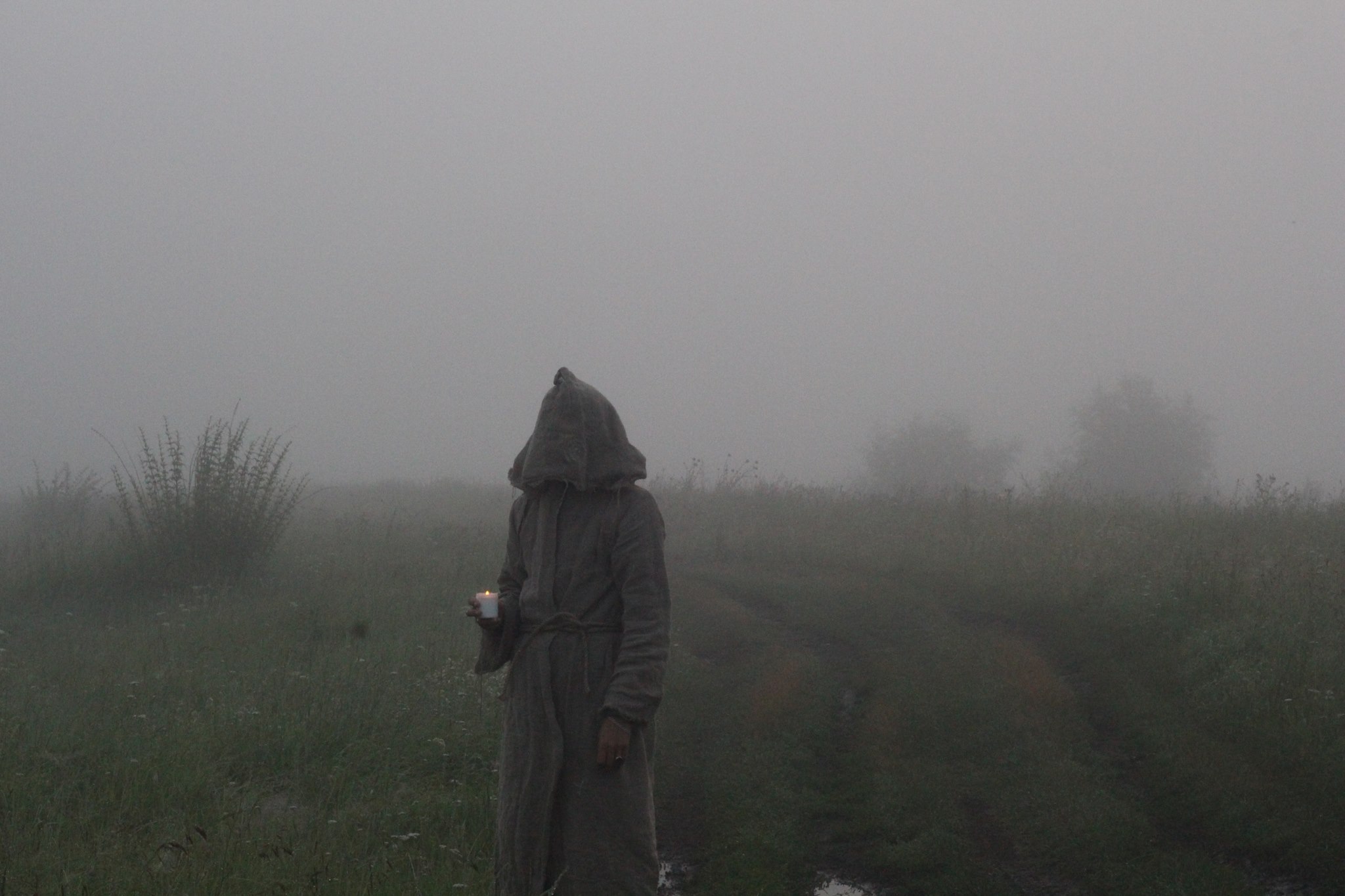
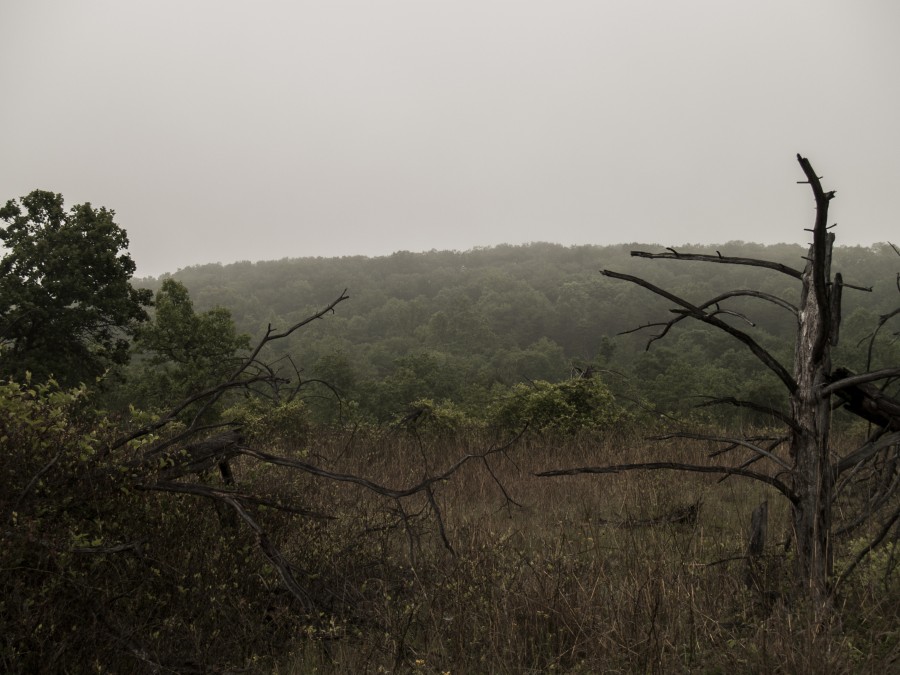
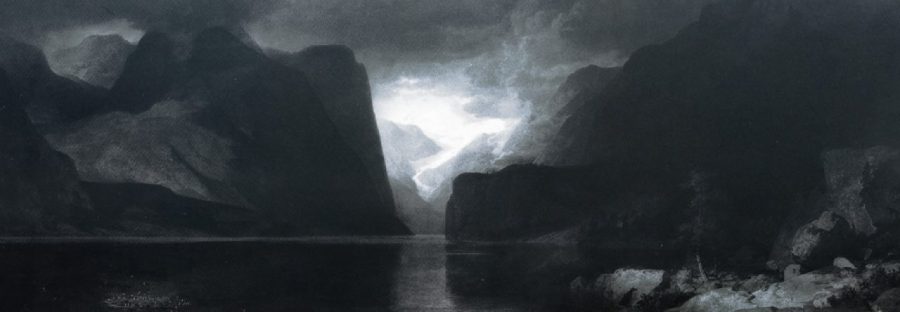
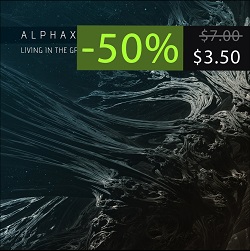
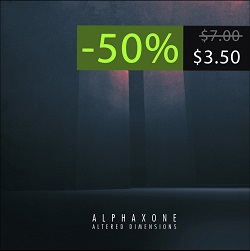

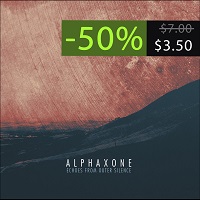
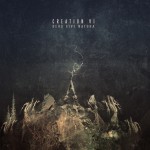 Creation VI
Creation VI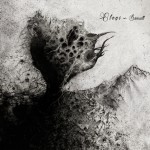 Elegi
Elegi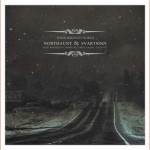 Northaunt & Svartsinn
Northaunt & Svartsinn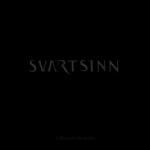 Svartsinn
Svartsinn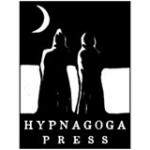 Hypnagoga Press
Hypnagoga Press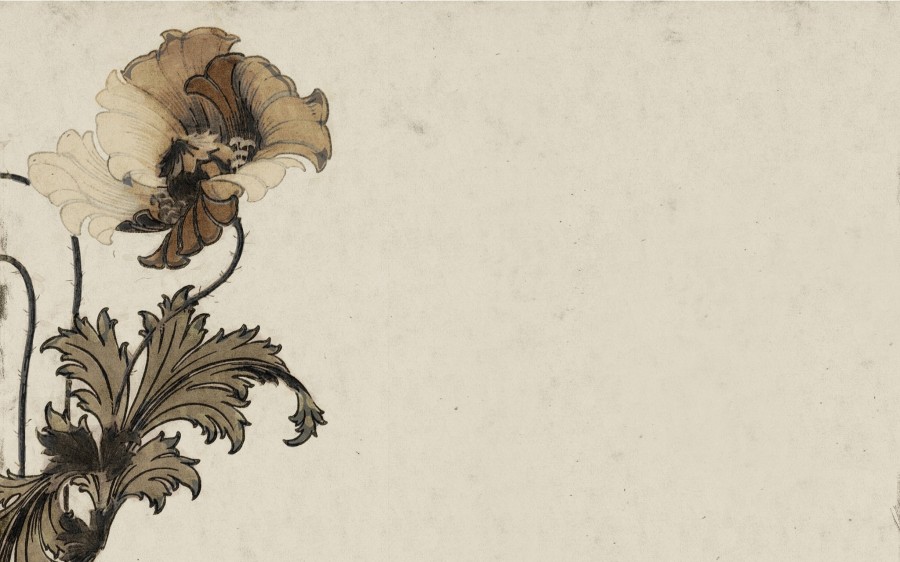
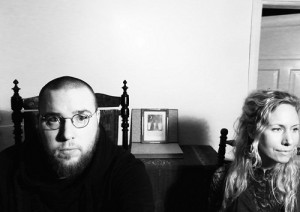 Pär Boström has been involved in a ton of projects since the rejuvenation of his musical career in 2015. We’ve seen two Kammarheit albums on Cyclic Law (The Nest and Unearthed 2000-2002), the second release under the Cities Last Broadcast moniker on Cryo Chamber, the founding of the new label Hypnagoga Press with his sister Åsa Boström, the debut of the siblings musical project Hymnambulae and the new project Altarmang between Pär and Kenneth Hansson which released the debut Void at the end of 2016. Add to that Pär’s involvement in the collaborative albums Onyx and Echo along with Atrium Carceri and Apocryphos and its easy to see that there are a ton of things happening, as well as the prospects of plenty more to come. So in July of 2016 I got in contact with Pär and Åsa to ask the siblings some questions about their many projects happening in relation to the dark ambient scene.
Pär Boström has been involved in a ton of projects since the rejuvenation of his musical career in 2015. We’ve seen two Kammarheit albums on Cyclic Law (The Nest and Unearthed 2000-2002), the second release under the Cities Last Broadcast moniker on Cryo Chamber, the founding of the new label Hypnagoga Press with his sister Åsa Boström, the debut of the siblings musical project Hymnambulae and the new project Altarmang between Pär and Kenneth Hansson which released the debut Void at the end of 2016. Add to that Pär’s involvement in the collaborative albums Onyx and Echo along with Atrium Carceri and Apocryphos and its easy to see that there are a ton of things happening, as well as the prospects of plenty more to come. So in July of 2016 I got in contact with Pär and Åsa to ask the siblings some questions about their many projects happening in relation to the dark ambient scene.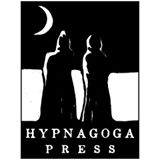 Pär: It’s something we’ve talked about for at least a decade now. We both wanted to build a place that could hold all our projects, from art prints to music to children’s books and poetry, with focus on beautifully packaged limited editions. We’re both nerds when it comes to packages and design and we need something like this to challenge ourselves.
Pär: It’s something we’ve talked about for at least a decade now. We both wanted to build a place that could hold all our projects, from art prints to music to children’s books and poetry, with focus on beautifully packaged limited editions. We’re both nerds when it comes to packages and design and we need something like this to challenge ourselves.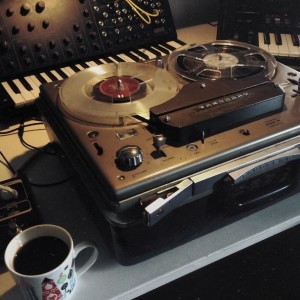 until that night I had no name for it, no concept or any real inspiration. If I remember correctly it took almost a year until I continued to make the other five albums from the Unearthed box. By then I’d started using other software and had a bit better understanding about what I wanted to make and how to do it, although I remained totally ignorant about sound quality and proper mixing techniques. I had promised myself that Kammarheit would be a project about recording atmosphere and not to worry so much about how to make actual songs. All the albums of Unearthed were made to keep me company during my insomnia. I had no plans to release any of them, I just wanted somewhere to go, something that could help me explore the inner worlds that I was obsessed about. I was depressed, numb. I didn’t feel much during the days but at night I could drift away somewhere and that really helped. I rarely listen to any of the albums today but when I do I feel a strong sense of gratitude. I don’t know what would have happened to me if I hadn’t made that music. Frederic wanted to release the albums on Cyclic Law many years ago but I wasn’t ready. It took a lot of convincing, but I’m glad they got a proper release at last. They had already been available in dark corners of the Internet for years, so why not make something proper of it. Even if the material is very uneven and in my opinion not very good at all, it shows where I’ve been and how Kammarheit started.
until that night I had no name for it, no concept or any real inspiration. If I remember correctly it took almost a year until I continued to make the other five albums from the Unearthed box. By then I’d started using other software and had a bit better understanding about what I wanted to make and how to do it, although I remained totally ignorant about sound quality and proper mixing techniques. I had promised myself that Kammarheit would be a project about recording atmosphere and not to worry so much about how to make actual songs. All the albums of Unearthed were made to keep me company during my insomnia. I had no plans to release any of them, I just wanted somewhere to go, something that could help me explore the inner worlds that I was obsessed about. I was depressed, numb. I didn’t feel much during the days but at night I could drift away somewhere and that really helped. I rarely listen to any of the albums today but when I do I feel a strong sense of gratitude. I don’t know what would have happened to me if I hadn’t made that music. Frederic wanted to release the albums on Cyclic Law many years ago but I wasn’t ready. It took a lot of convincing, but I’m glad they got a proper release at last. They had already been available in dark corners of the Internet for years, so why not make something proper of it. Even if the material is very uneven and in my opinion not very good at all, it shows where I’ve been and how Kammarheit started.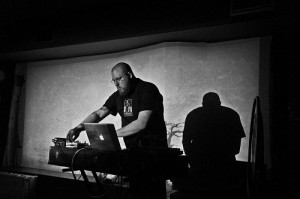 Michael: How much different is the creation process now with modern DAWs, do you like the new systems or do you prefer the old way?
Michael: How much different is the creation process now with modern DAWs, do you like the new systems or do you prefer the old way?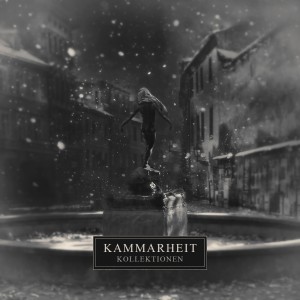 my albums and he has come very close to how I see the music myself. In the past it felt more important to not be too specific. I wanted to leave a lot of space for the listener’s own imagination but even if I did include more images the listener would probably still want to go to their own places instead. In the end I think the music will always speak best for itself.
my albums and he has come very close to how I see the music myself. In the past it felt more important to not be too specific. I wanted to leave a lot of space for the listener’s own imagination but even if I did include more images the listener would probably still want to go to their own places instead. In the end I think the music will always speak best for itself.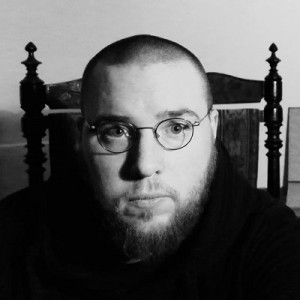 Pär: I’m indeed a David Lynch fan. I especially love Twin Peaks and watch it on a regular basis. I also enjoy his music and writing. The Music Of Hildegard von Bingen album he did with Jocelyn Montgomery and his album The Air Is On Fire is something I often go back to. I love reading and I love collecting beautiful books with old illustrations but I haven’t read much lately. I’ve been busy with music and writing and when I get some free time I want to either take notes while listening to music I work on or just rest my head in a quiet space. At the moment I’m reading The Club Dumas again, the book that lead to the movie The Ninth Gate and from time to time I read books on printmaking and a biography about Tove Jansson who wrote the Moomin books. There are unfinished books laying everywhere and I often just pick one up and read a few pages before I do something else.
Pär: I’m indeed a David Lynch fan. I especially love Twin Peaks and watch it on a regular basis. I also enjoy his music and writing. The Music Of Hildegard von Bingen album he did with Jocelyn Montgomery and his album The Air Is On Fire is something I often go back to. I love reading and I love collecting beautiful books with old illustrations but I haven’t read much lately. I’ve been busy with music and writing and when I get some free time I want to either take notes while listening to music I work on or just rest my head in a quiet space. At the moment I’m reading The Club Dumas again, the book that lead to the movie The Ninth Gate and from time to time I read books on printmaking and a biography about Tove Jansson who wrote the Moomin books. There are unfinished books laying everywhere and I often just pick one up and read a few pages before I do something else. Åsa: Orgelhuset is loosely based on improvisations we’ve done for the past seven years. For this album Pär has been the technician, using his skills to figure out how to musically translate conceptual designs we’ve outlined together – alongside visual, text-based and philosophical concepts. When we’re in the studio we tend to work quickly. Over the years, having listened to the same music, been exposed to the same influences, developed similar preferences, as well as several differences of course, we’ve developed an understanding for each others creative worlds and created a common language that’s very useful when collaborating. In the studio we have an ongoing dialogue, often referring to our other projects in progress and the overall plans for what to publish on Hypnagoga Press. I have a history of playing the violin and with spoken word and dance. Voice has been my main instrument, as an extension of my writing. Onwards it will be interesting to see how our collaboration through Hymnambulae will inform my overall creative practice – as an artist, writer and composer.
Åsa: Orgelhuset is loosely based on improvisations we’ve done for the past seven years. For this album Pär has been the technician, using his skills to figure out how to musically translate conceptual designs we’ve outlined together – alongside visual, text-based and philosophical concepts. When we’re in the studio we tend to work quickly. Over the years, having listened to the same music, been exposed to the same influences, developed similar preferences, as well as several differences of course, we’ve developed an understanding for each others creative worlds and created a common language that’s very useful when collaborating. In the studio we have an ongoing dialogue, often referring to our other projects in progress and the overall plans for what to publish on Hypnagoga Press. I have a history of playing the violin and with spoken word and dance. Voice has been my main instrument, as an extension of my writing. Onwards it will be interesting to see how our collaboration through Hymnambulae will inform my overall creative practice – as an artist, writer and composer.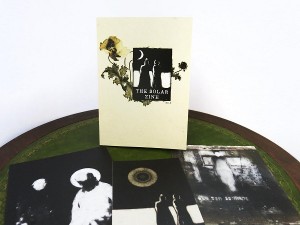 Åsa: This summer I’m exhibiting art in Italy and the US. Together with a team of consultants I’m also working on scaling up a program for writing after trauma called Write Your Self, a program I’m the owner for – a big creative project for me. Besides this I want to spend as much time in the studio as possible. In my own art-making I’m currently experimenting with film-making, and in my writing I’m moving between several text projects, completing a collection of poems, a children’s book and a novel. After all these years of traveling I’m enjoying being still and spending time with collected supplies and impressions. When living in France a couple of years ago I studied paper-making. It would be nice to equip my home studio for that.
Åsa: This summer I’m exhibiting art in Italy and the US. Together with a team of consultants I’m also working on scaling up a program for writing after trauma called Write Your Self, a program I’m the owner for – a big creative project for me. Besides this I want to spend as much time in the studio as possible. In my own art-making I’m currently experimenting with film-making, and in my writing I’m moving between several text projects, completing a collection of poems, a children’s book and a novel. After all these years of traveling I’m enjoying being still and spending time with collected supplies and impressions. When living in France a couple of years ago I studied paper-making. It would be nice to equip my home studio for that.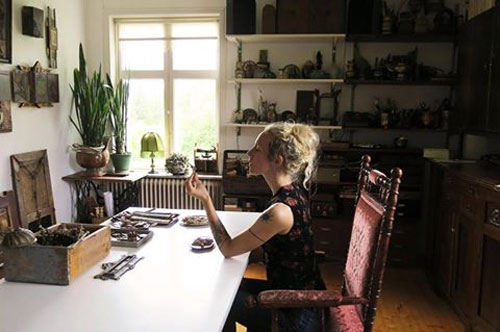 Åsa: Thank you. Difficult question, still getting used to not being a complete nomad. Perhaps something by French symbolist Gustave Moreau, like The Apparition (love his museum in Paris); or Le Silence by Lucian Levy-Durmer (hanging at Musée D’Orsey); or something by American abstract painter Rebecca Crowell. I took a workshop with her in Ireland a couple of years ago; she works with oil, cold wax and pigments, making multi-layered and heavy-textured paintings with both simplicity and complexity to them. I’m very selective with what I bring into my home, it has to really add to the space – presence, spirit, beauty, complexity that can grow over time. Or perhaps traditional Japanese screens. Something that I could reflect upon while exploring where to take my own art-making next.
Åsa: Thank you. Difficult question, still getting used to not being a complete nomad. Perhaps something by French symbolist Gustave Moreau, like The Apparition (love his museum in Paris); or Le Silence by Lucian Levy-Durmer (hanging at Musée D’Orsey); or something by American abstract painter Rebecca Crowell. I took a workshop with her in Ireland a couple of years ago; she works with oil, cold wax and pigments, making multi-layered and heavy-textured paintings with both simplicity and complexity to them. I’m very selective with what I bring into my home, it has to really add to the space – presence, spirit, beauty, complexity that can grow over time. Or perhaps traditional Japanese screens. Something that I could reflect upon while exploring where to take my own art-making next.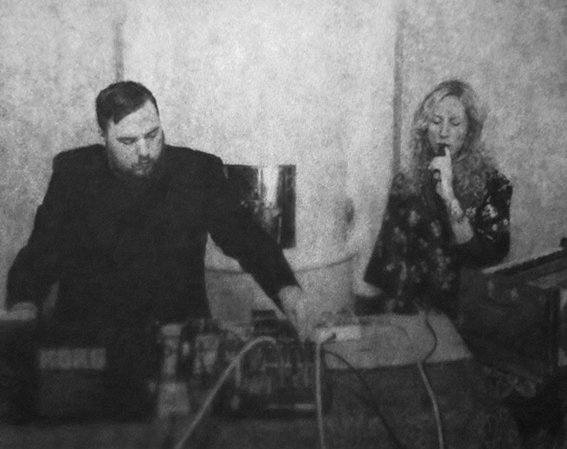 Michael: Will you plan to work with more guest musicians in the future? Any particular instruments you dream of collaborating with?
Michael: Will you plan to work with more guest musicians in the future? Any particular instruments you dream of collaborating with?